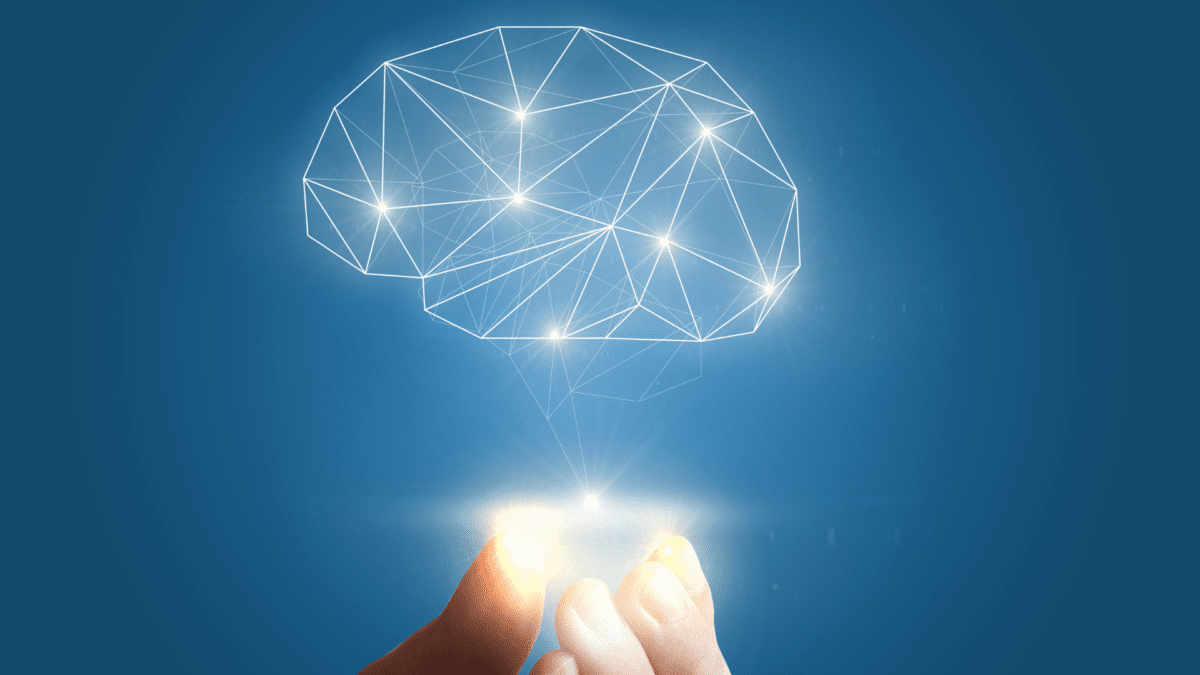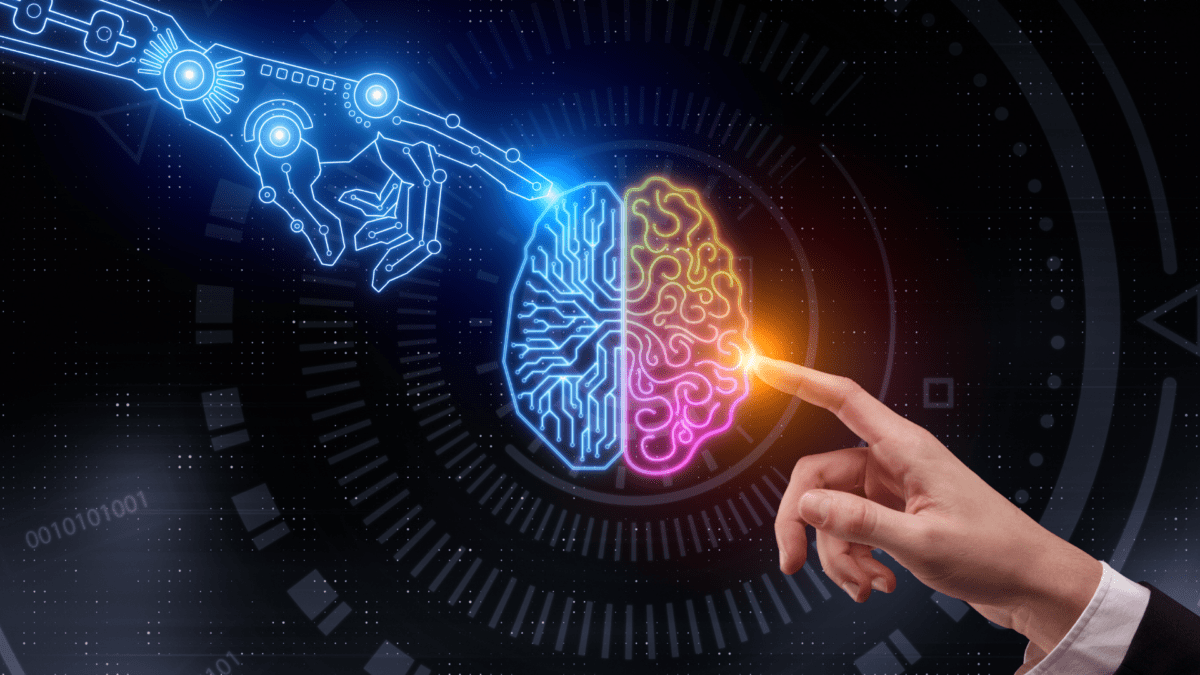Introduction
Throughout history, spirituality and mindfulness have been intertwined with the pursuit of mental well-being. Recognizing the profound connection between the mind, body, and spirit, this blog explores how spirituality and mindfulness can offer a solid foundation for achieving positive mental health.
Understanding Spirituality
Spirituality, at its core, is a deeply personal journey of understanding one’s purpose, connection, and place in the universe. It transcends religious beliefs and delves into the essence of human existence. For many, spirituality offers a sense of belonging, a higher purpose, and a guiding force that brings inner peace and clarity.

The Role of Mindfulness
Mindfulness is the art of being present, fully aware of our thoughts, feelings, and surroundings without judgment. Rooted in ancient meditation practices, mindfulness enables individuals to gain control over their reactions, reduce stress, and foster a deeper sense of connection with themselves and the world around them.
Spirituality and Mindfulness in Therapy
With the increasing acceptance of holistic approaches in modern therapy, many mental health professionals are integrating spirituality and mindfulness into their practices. These techniques are used to help patients confront trauma, deal with anxiety, or find a deeper sense of purpose and meaning. Such an integration has shown promising results, with many individuals finding greater resilience and inner strength.
Community and Collective Well-being
As individuals embark on their spiritual and mindful journeys, many seek solace in communities that share similar beliefs and practices. Such communities, be it meditation groups, spiritual retreats, or discussion circles, provide a platform for shared learning, mutual support, and collective growth. The feeling of connectedness amplifies the positive impact on mental health.

Challenges and Mindful Solutions
While spirituality and mindfulness offer a plethora of benefits, it’s crucial to understand that they are not one-size-fits-all solutions. Some may struggle with certain meditation techniques or grapple with spiritual dilemmas. In such instances, adapting practices to suit individual needs, seeking guidance, or even combining these approaches with other therapeutic interventions can yield the best results.
Conclusion
Spirituality and mindfulness, when understood and practiced authentically, can be powerful allies in the quest for mental well-being. With their grounding principles, they offer tools to navigate life’s challenges, foster inner growth, and cultivate a sense of peace and purpose. In the realm of mental health, they indeed present a pathway paved with positivity and hope.
The present moment is filled with joy and happiness. If you are attentive, you will see it.
Explanation to the quote
Renowned Vietnamese monk and Zen master Thich Nhat Hanh’s quote beautifully encapsulates the essence of mindfulness. It suggests that happiness and contentment are accessible in the here and now, but it requires our active attention and presence to perceive and embrace them.













